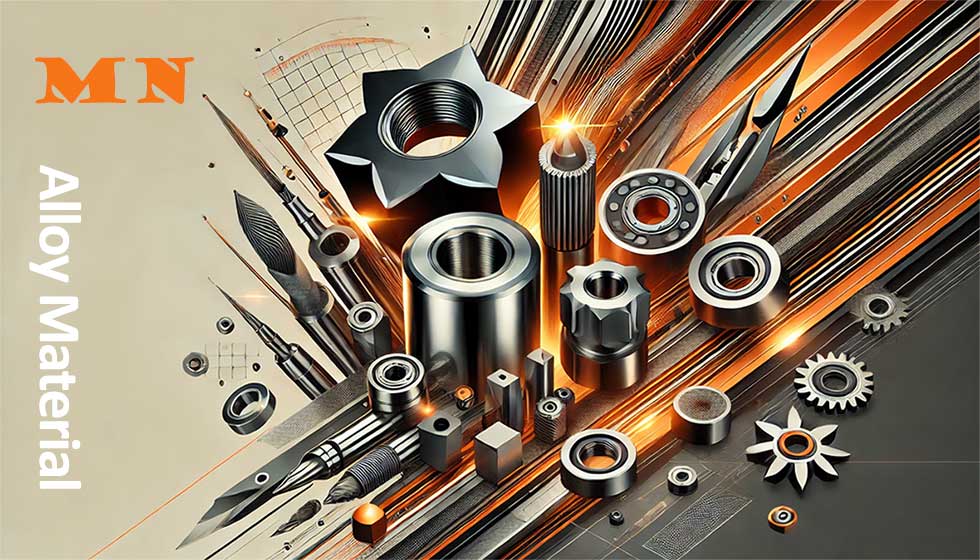1. Material Composition
- PCD (Polycrystalline Diamond): Made of tiny diamond crystals that are bonded together under high temperature and pressure conditions. Diamond is known for its extreme hardness and is commonly used in cutting and grinding tools.
- TC (Tungsten Carbide): A metal-ceramic material composed of tungsten (W) and carbon (C), known for its high hardness, though not as hard as diamond.
2. Hardness
- PCD: Diamond is the hardest known material on Earth, so PCD has exceptional hardness, making it suitable for cutting hard materials such as metals and rocks.
- TC: While also very hard, TC is slightly less hard than PCD, and is generally used for cutting softer or moderately hard materials.
3. Wear Resistance
- PCD: Due to the hardness of diamond, PCD has excellent wear resistance, making it ideal for high-speed, high-precision machining tasks, especially for non-metallic materials (like aluminum alloys, plastics, composites, etc.).
- TC: Tungsten carbide also has good wear resistance, but it is not as wear-resistant as PCD. It is typically used for cutting iron-based materials and steel.
4. Applications
- PCD: Commonly used to make high-precision cutting tools, abrasives, drill bits, molds, and other tooling, especially for machining hard materials such as composites, ceramics, and non-ferrous metals.
- TC: Widely used in tools such as cutters, drill bits, molds, and mining tools, especially for machining steel, cast iron, copper, and other metals.
5. Machining Difficulty
- PCD: Due to the brittleness and extreme hardness of diamond, PCD is difficult to machine and requires specialized equipment and techniques.
- TC: Tungsten carbide is easier to machine compared to PCD and can be used in conventional cutting and grinding processes.
6. Cost
- PCD: Due to the high cost of diamond and the difficulty in processing, PCD is more expensive, making it suitable for applications that require high performance.
- TC: Tungsten carbide is more affordable and is commonly used in large-scale industrial production.
7. Temperature Resistance
- PCD: PCD performs well at high temperatures, but since diamond can be chemically reactive at extremely high temperatures, it may react with iron-based materials.
- TC: Tungsten carbide performs well at high temperatures and is often used in high-temperature cutting and processing environments.
Summary:
PCD is mainly used for applications requiring extremely high hardness and wear resistance, such as precision machining, while TC is more commonly used for general metalworking applications. TC is more affordable and easier to machine, making it suitable for larger-scale industrial processes.
